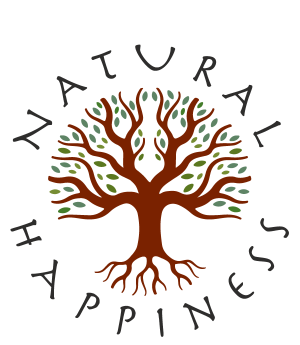Resource Toolkit: Embodiment, sound and movement
As you can imagine, these topics are hard to cover in a book. Many approaches of this kind are best experienced in sessions with a teacher, or at minimum from their videos. I’ve learned most in this area from Neil Douglas-Klotz: you’ll find a range of video and audio material on his website, www.abwoon.com. The process below is drawn from Neil’s teaching, and can give you a small flavour.
I’ve been exploring Sufi teachings for over twenty years, and many of these involve sound and movement. So what do I mean by Sufi? It’s an elusive idea: there’s no creed or text to define it. Here’s one summary: a Sufi is one who takes a heart-centred approach, seeing the divine unity in all forms of life.
Many Sufis use wazifas: typically a sound mantra which evokes an aspect or quality of divine unity. The sound of certain languages has particular power, and Arabic mantras are often used by Sufis. This sequence of four wazifas is one that I find especially effective in handling feelings of overwhelm , for example around climate change, and seeing a bigger picture.
In many Middle Eastern spiritual traditions, what we might call prayer took quite active and embodied forms. When I lead retreats using this sequence of wazifas, we often do so as a walking meditation, where we chant them as a group, and use hand gestures to help us feel the full meaning of each one in the body, so I’ve described the movements for each wazifa.
If you want to try this, read the whole section, and give yourself some quiet space and clear time. The best way to work with wazifas is to speak the sounds out loud, and repeat each one quite a few times, e.g. 33. The sound ya before each wazifa helps to call in or invoke the quality.
These four wazifas are all named in one Sura or chapter of the Koran, 103, to help individuals and communities to find a sense of purpose and coherence in life.
Ya haqq (pronounced hukk): starting where you’re at, recognising the truth of the situation, the ground you stand on. For climate change, this probably means letting in and feeling the alarming scale of the crisis. Hands are by the hips, palms facing the earth, affirming the truth.
Ya sabur (pronounced sahboor): this invokes patience, stepping back to see the situation in perspective, and give time for insights and responses to evolve. A useful antidote to understandable panic. Hands are interlaced in front of the lower abdomen, as if gently cradling what is evolving here.
Ya iman (pronounced immahn): this wazifa is linguistically akin to the word amen used to affirm prayers. Both invoke trust, opening for support from divine power and wisdom, and also grounding, a reconnection with the support of the Earth. Place both hands over the heart to help you receive.
Ya salik (pronounced salleek): here, we’re opening to the greater good we can find in a situation, and in particular to how our own life purpose can flow through us and out from us to serve in this. Let your hands repeatedly open up and out from the heart, sharing blessings.
